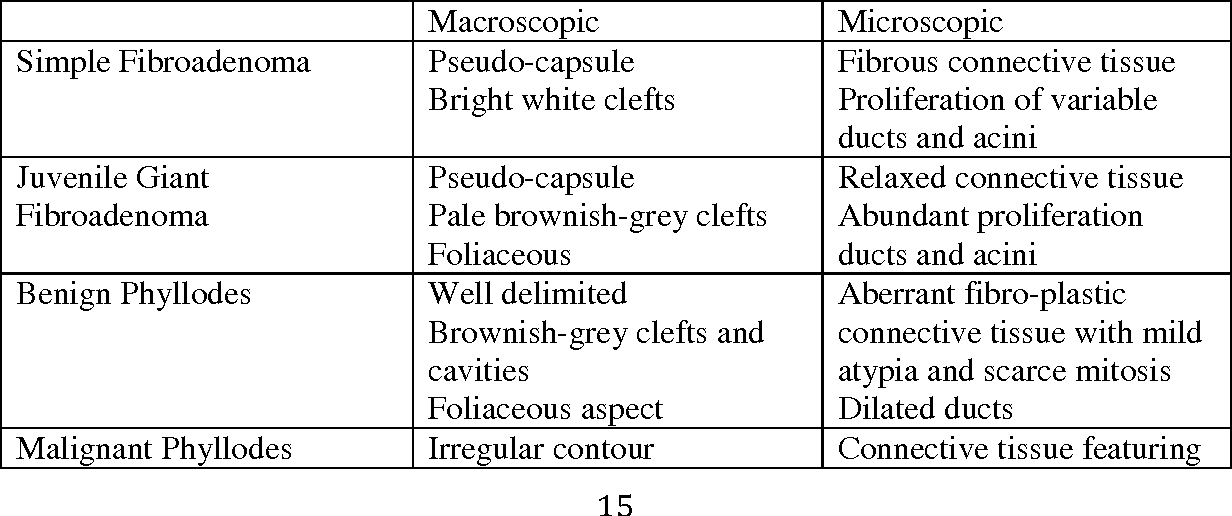Fibroadenomas, also referred to as follicular units, occur in the tissues around and beneath the breast, typically in the peripectoral area. The condition is commonly known as "breast nodules".
Fibroenomas is a very common medical condition among women experiencing sudden hormonal changes, including during menopausal, pregnancy, puberty, or post-menopausal age. It's an uncommon cancer or tumor, that normally does not grow larger than about a half-millimeter or spread beyond the breast tissue. In some cases, it can be the source of a serious complication such as nipple dissection.
As with any cancer, fibroadenomas have different factors that contribute to their occurrence. The type of fibroadenoma will determine the type of treatment that will be used. There are many types of treatment for fibroadenomas; however, they include surgery, radiation, and hormone therapy.
The surgical options include mastectomy (removal of the breast) or lumpectomy (removing part of the breast). In lumpectomy, a small incision is made in the chest wall, where the tumor is found. A piece of the breast is removed, but the breast may also be repositioned so that the surrounding tissue is not affected. This type of surgery is most often used for benign tumors.
Surgical options for fibroadenomas include chemotherapy or radiation therapy. Chemotherapy drugs are given to target the tumor cells with a special type of drug called a targeted drug. Radiation therapy uses high energy rays to kill the tumor cells or to destroy healthy tissue near the tumor to shrink or remove them.
Many women choose to receive hormonal therapy in order to reduce the symptoms of fibroadenomas. Hormone therapy may be started at the first signs of symptoms of fibroadenoma and continued as needed.

Many doctors recommend hormonal therapy to women who have already had lumpectomy because this option makes it possible to treat both the breast and the surrounding tissue simultaneously
The hormones cause the body to release estrogen and progesterone, both of which cause a reduction of the size of the tumor. This type of treatment is effective in reducing fibroadenomas and nipple dissection.
Breast cancer is one of the most common types of cancer in women. Unfortunately, there are many ways in which breast cancer can become deadly. Because of the risk of infection and bleeding, it is essential that a doctor monitor and treat fibroadenomas in patients. If left unattended, fibroadenomas can cause death.
Patients who opt for surgery for their cancer will need to undergo a series of tests before the surgery will be recommended. A chest x-ray will be taken before any of the different treatments are chosen. Other tests will include an MRI, CT scan, and an ultrasound. A blood test and urine test will be performed to see if there are other conditions or diseases that may be causing the cancer or that may make it more aggressive.
A non-surgical option to treating fibroadenoma is radiation therapy. This option is usually given to patients who do not respond well to medication or if they are younger than 50 years old.
Alternative treatments that have been studied are acupuncture and yoga. Both of these approaches have been used successfully in treating ovarian and breast cancer. They have been shown to relieve pain associated with fibroadenoma.
Alternative treatments, like acupuncture and yoga, work to promote healing of the entire body and promote good health. Acupuncture is an ancient Chinese method that works by targeting certain points on the body and promoting energy flow through the body. Yoga is a form of exercise that strengthens muscles, loosens tight muscle tissue, and relieves stress.
It is important to know that treatment options should only be used when other forms of treatment have failed and that the cancer cells do not respond well to current treatments. If you or a loved one has been diagnosed with a fibroadenoma, do not feel ashamed to seek out treatment options that you feel may be able to help.